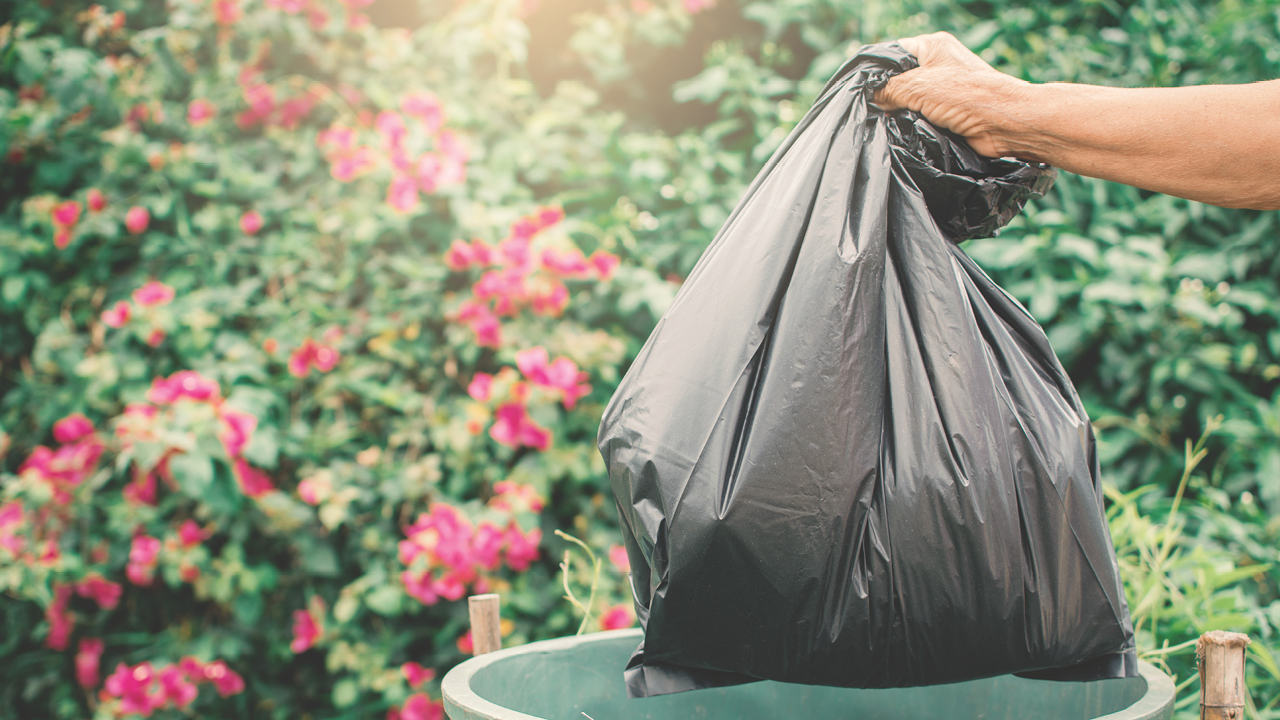
Everything we purchase gets thrown away eventually. Even family heirlooms. Even expensive furniture. Even the houses we live in. I was recently at the British Museum, which houses some pretty remarkable stuff. However, museums hold only the merest speck of what actually existed. Where did the rest go? The clothing, the housewares, the tools, the vehicles? They’ve been thrown away.
Personally, I found the Disney movie Wall-E disturbingly prophetic. A world so covered in trash that it must be abandoned. All around us are indications that this isn’t an impossible future.
Audit your Trash
The first step to reducing your trash is finding out what’s in it. Yep. You read that right. If a $120 million soap company can dive into its own dumpsters for a trash audit, so can you. Knowing what you throw out is the first step to reducing how much you throw out.
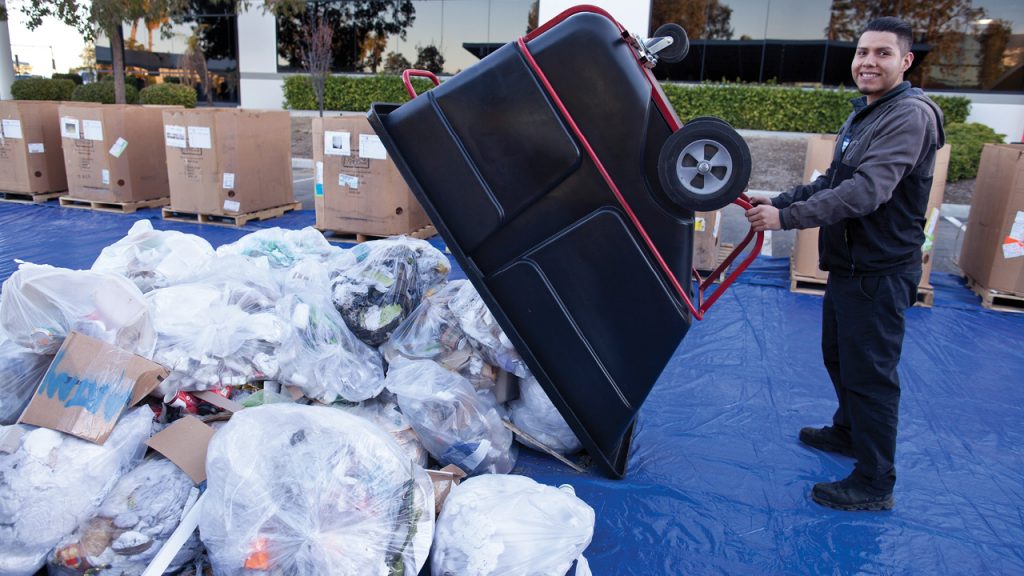
How can we throw away less?
1. Buy Less
Logic dictates that if everything we buy is eventually trashed, buying less means trashing less. Consider if you really need that item. Will it bring lasting joy and utility, or is it just cheap? Or is it just there? We are all prone to impulse buying – and don’t retailers know it! To defend against that, don’t shop when you’re tired, hungry, or distracted. Go in with a list, and with just enough cash to cover that list. (I heard that collective “gasp” at the mention of cash. Try it. Your budget and your planet will thank you.)
2. Buy Quality
Buying quality postpones when you need to buy that item again. A high-quality vacuum cleaner may last decades and is repairable. A low-quality vacuum will break in a year or two and often can’t be fixed. Over the course of time, that’s 5 or more vacuums that will end up in the landfill, as opposed to just one. Think of the savings in dollars. Quality usually costs more up front. But over time, compare the cost of that one vacuum versus the five. This goes for clothing, furniture, and even cars.
3. Fix Things
I keep a stock of wood glue, Shoe Goo, and crazy glue. I’ve learned to use pliers, a screwdriver and a hammer, as well as a needle and thread. I know what the rip-repair stitch looks like on my sewing machine. I can’t tell you how much money this has saved me, as well as reducing trash. Learn basic sewing – re-attach a button, mend an open seam, tack a fallen hem. Have the courage to open up an appliance and see what’s wrong. (It didn’t work anyway, after all.) Before tossing something damaged, broken, or stained turn to Google and YouTube to see if it can be repaired or cleaned.
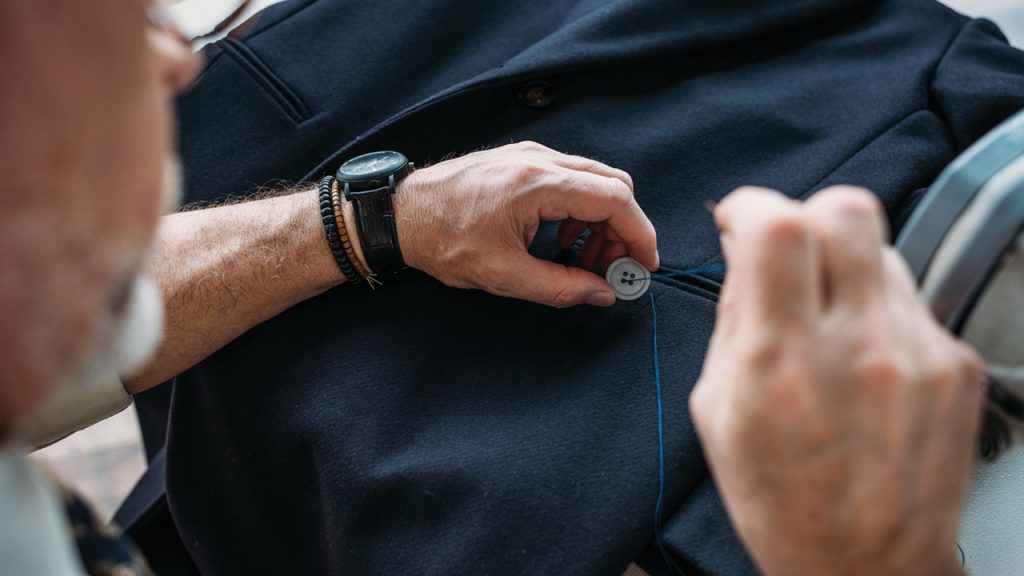
4. Buy Used
Keeps things in circulation. Not only is this friendly on the wallet, but it keeps stuff out of landfills. Kids dress clothes spring to mind. How fast do they outgrow that special Christmas outfit, with not a worn-out spot on it? Thrift stores or online resale sites are great places to find something used that you would never purchase new, like a high-end stroller or a designer coat. After a few of the plates and dishes from our everyday dishes had been broken, I found used replacement pieces online.
5. Host a Swap
Clothing swaps, accessory swaps, book swaps, decor swaps, toy swaps, game & puzzle swaps, kitchen gadget swaps, craft supply swaps… I could go on. One person’s trash is another’s treasure and all that. So gather your friends, some snacks and drinks, and have everyone bring something from the theme that they no longer use but is in good shape. You’ll swap stuff and stories and leave with something “new to you!” From swaps, I’ve gotten some great pants, an espresso machine, and a firewood basket still in use to this day.
6. Pass It On
This is the most obvious with clothing. I was so blessed by friends with older daughters who passed me their girls’ clothes when I had my daughter. She was the most well-dressed child, and I hardly bought her a thing. This holds true also with toys, furnishings, sports gear, and books. It helps my kids let something go when they know who is getting it, and they can even see it again at their cousin’s house. Donate old towels, sheets and blankets to your local animal shelter. Books can go to libraries or used book stores. Stuffed animals and baby blankets in good shape can go to children’s hospitals or disaster relief organizations. There are all sorts of charities who have good uses for your castoffs. I came across this post on Miss Minimalist with a fantastic list of what to donate where.
7. Give & Decorate with Consumables
Don’t clutter up your loved ones’ homes either. Give gifts that can be used up – tickets, flowers, lunch dates, freezer food. Your friends and family who are too busy to cook will love it if you fill up their freezer with homemade food. For short-term decorating, go with natural resources – take a nature walk and pick flowers, gather richly colored fall leaves or scented pine boughs. Dried peas, corn, beans and lentils layered in a glass bowl make a beautiful table decoration.
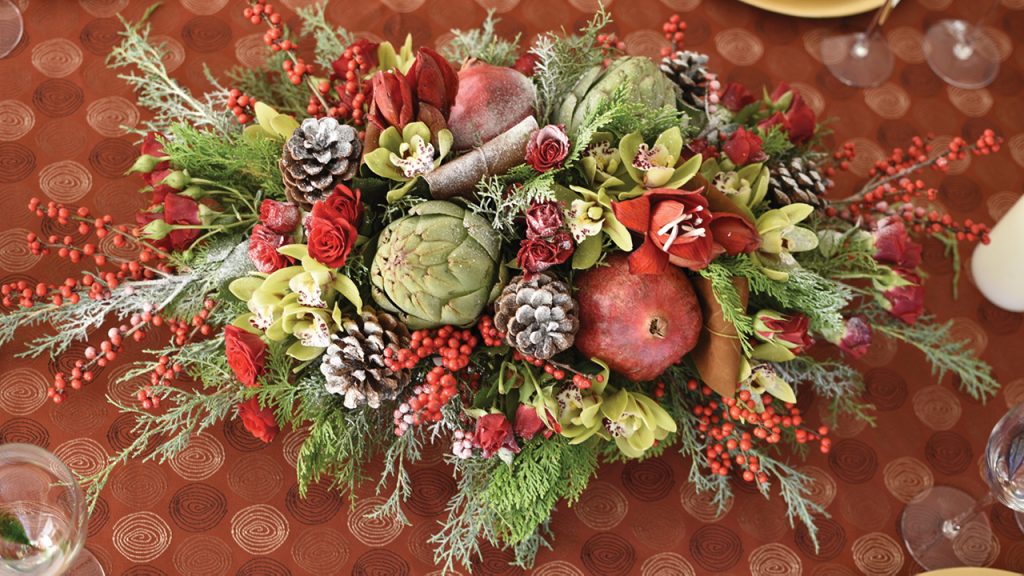
8. Rent or borrow
Libraries are magical places. Better than therapy, and all the books there are free! If you know you’ll be using something just once or twice – like extra chairs for a dinner party or a tool for a one-time project – or trying out a new hobby, such as camping or golf, then rent or borrow what you need instead of buying something that’ll be useless to you afterwards.
9. Avoid Single-Use
Here in California where single-use plastic bags are illegal, we’ve gotten pretty used to carrying our own grocery bags. Take it a step further – if you know you’ll be getting coffee, carry a travel mug. Water? Bring a washable water bottle. Reusable utensils come in handy pouches and are easy to fit in your purse or briefcase. At home, use cloth napkins. They’re washable, and so much more attractive.
10. Cut Food Waste
Americans toss between 14-25% of food and drink they buy, which means we’re throwing away 14-25% of the money spent to buy the food, the water and labor to grow the food, and the fuel to transport the food. Reduce that by planning your meals ahead of shopping, and then buying only what you need. Use a surplus of veggies in catchall dishes like stir frys, salads, pasta sauce, and pizza toppings (almost anything can go on a pizza!). Toss fruit into smoothies or frozen yogurts. Freeze for later use: bananas for smoothies or breads; sliced apples for pies or applesauce; pureed tomatoes for sauces; blanched green veggies for soups or steaming; stale bread for croutons or breadcrumbs. And don’t discount those onion skins and carrot tops! Collect and freeze veggie scraps to make broth. Fruit peels, cores and citrus rinds make simmering stovetop potpourri. Compost the rest to start the food cycle over again.
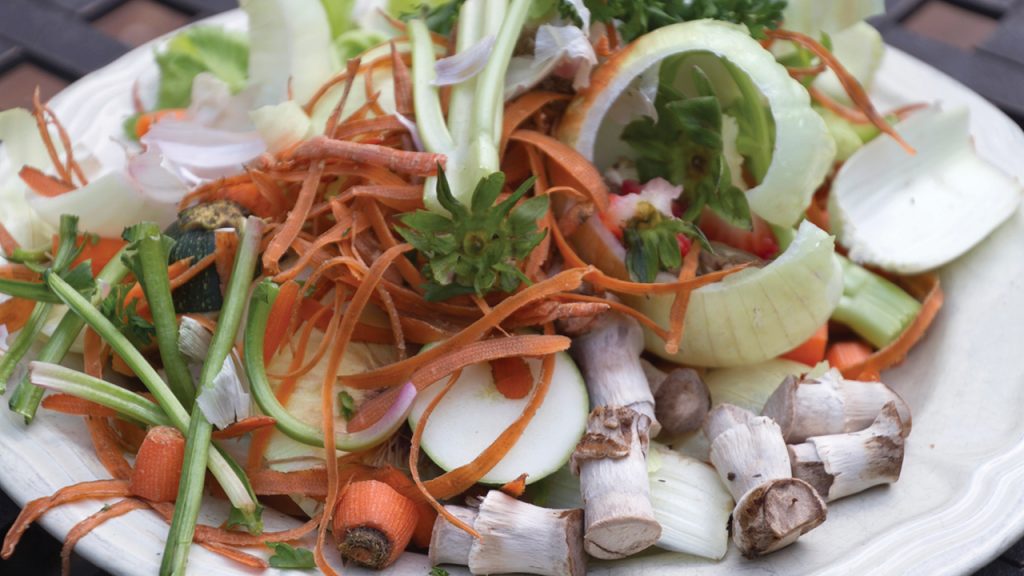
11. Recycle Electronics
I don’t start my list with recycling because it takes a mountain of resources and should never be the first alternative to the landfill. However, when it comes to dead old technology, many pieces contain reusable parts and materials. Look for E-recycling events usually hosted by nonprofits and schools. Then it will get to organizations that know how to make something new and useful with it.
These are only a beginning of the ideas out there to cut down what we throw away. Share in the Comments what works for you in reducing your waste!

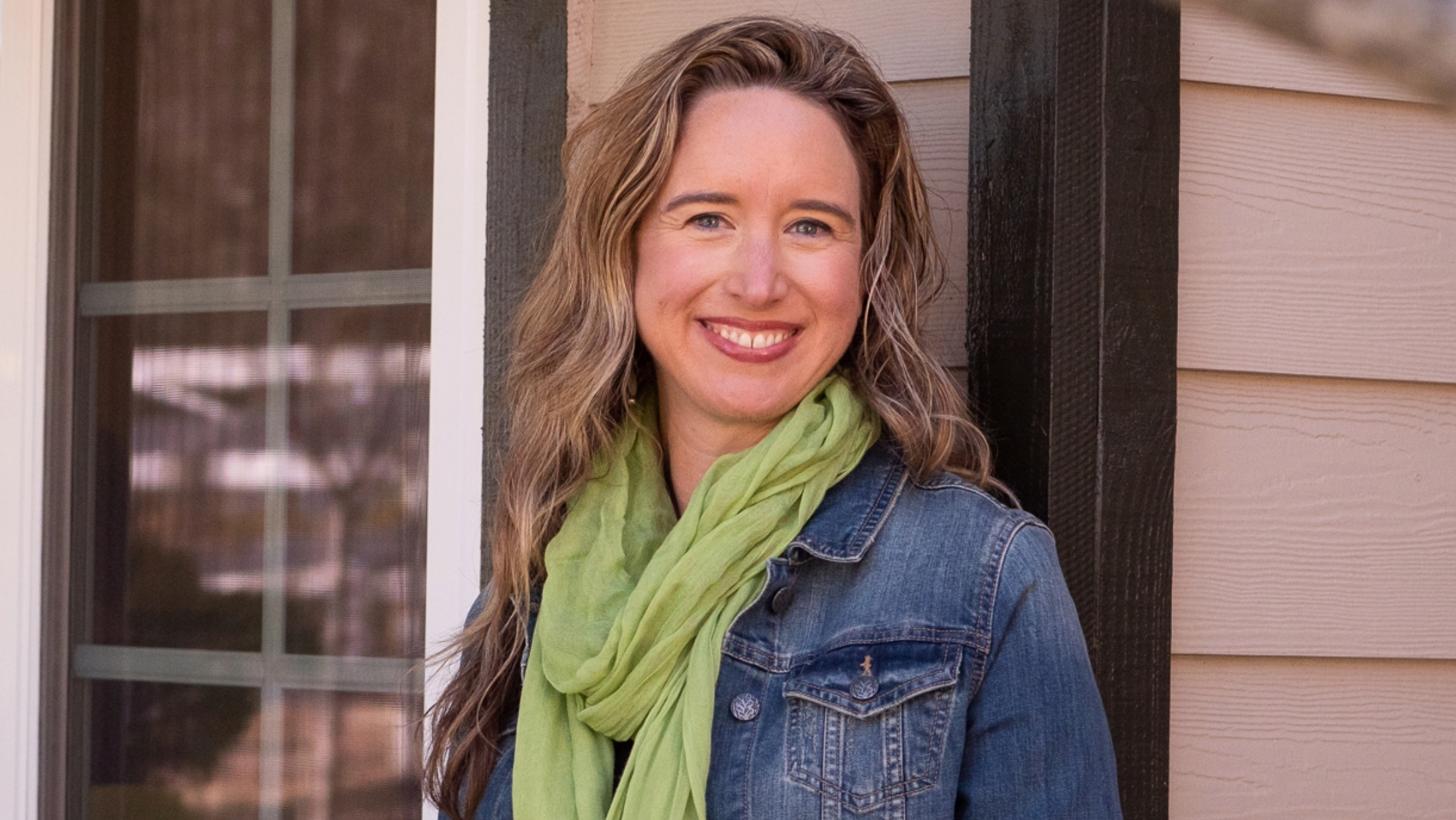
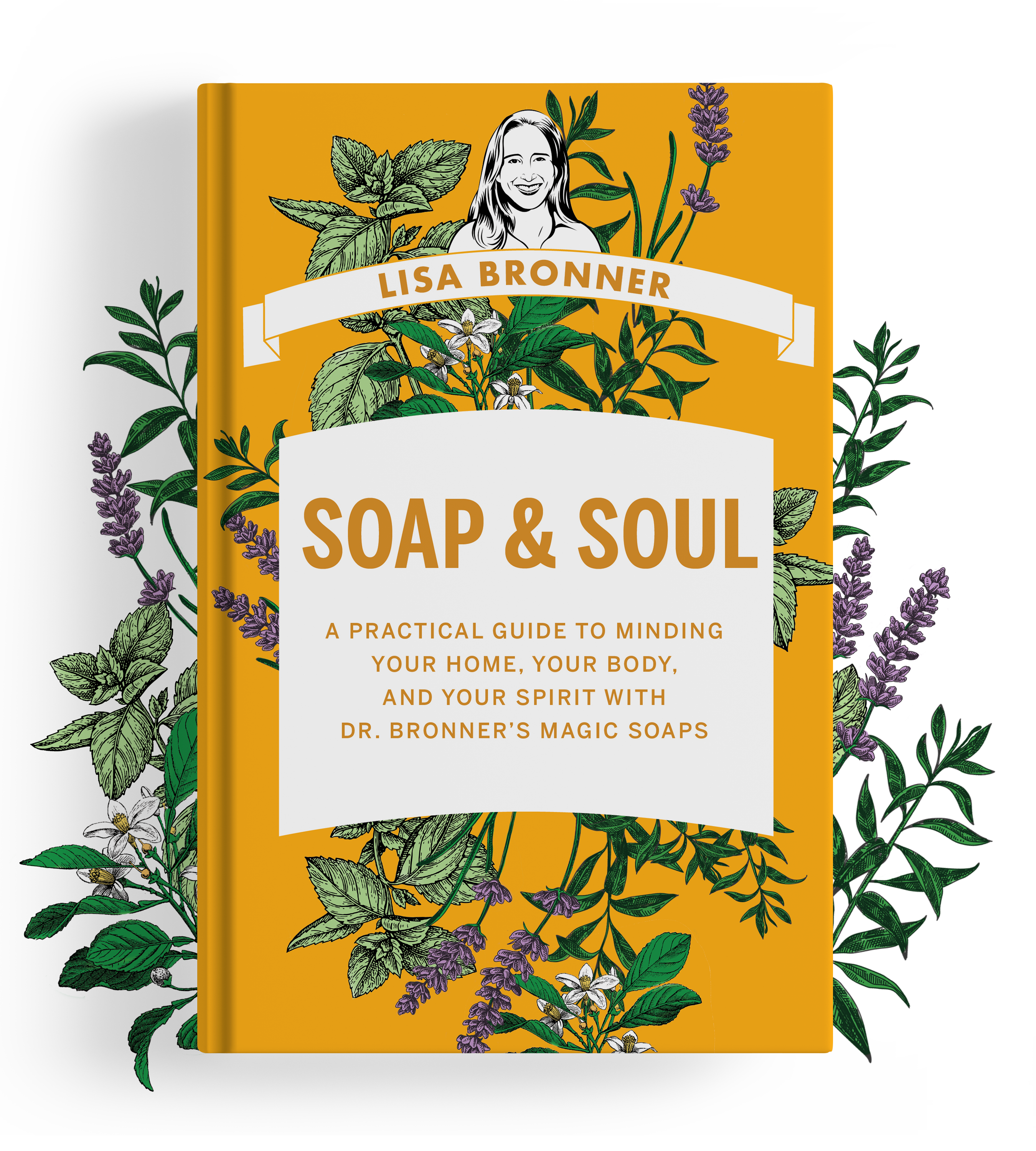
I’ve been using more glass storage containers, adding to the collection when I can. I didn’t want to just toss the plastic containers though, but I’m a maker and they’re handy for storing art supplies. That way I don’t necessarily have to buy something just for storing beads or whatever. My husband uses some of them for sorting nails, screws, etc.
We’re part of our local Buy Nothing group and that’s been handy for rehoming things. Sometimes people can borrow things through the Buy Nothing as well. I’ll be loaning some ceramic pots to a couple in the group next month – one of their adult kids is having their wedding at the house and I have pots that match the color theme.
Our town also did a fabric/craft materials swap this summer as well as a clothing swap. A lot of clothing that’s given away to Salvation Army and similar simply ends up being dumped. The more we can recirculate locally, the more sure we can be that it will actually be used.
Hi Heather- These are all excellent ideas! Thanks for sharing them!
I’ve started using cotton handkerchiefs over tissue. Doesn’t shred in your pocket or purse, washes easily. Chose glass packaging for food over plastic — safer and more recyclable. I toss all sorts of veggie and fruit odds and ends in smoothies, or even soups as you suggested. Buy bulk items where possible and avoid excess packaging. Save old tee shirts for cleaning… and on and on and on! Thanks for a great article!
These are great tips, Carolyn!
I like your idea to rent and borrow items, not just buy them every time. I’m going to have a garage sale for some of the junk around my house that I don’t use anymore. I’ll have to rent a dumpster to get rid of the rest. After that, I’ll be sure to rent and borrow more often.
I agree that one man’s trash is another’s treasure. My wife insists on donating old things to thrift shops instead of throwing them out. It’s been amazing what we’ve kept out of landfills just by doing that.
Hi Jim – Very true! I have quite a few friends who enjoy the treasure hunt of going to the thrift shop!
I never knew that nonprofits and schools often host e-recycling events! My husband is looking to start a small recycling company in our area and loves volunteering for events like that. Hopefully as he starts his business venture, he is able to find ways to keep everything efficient and organized. Thanks for the info!
[…] my last post, Everything You Buy Is Trash, I discussed generating less trash, and here I’m talking about getting rid of things. With a […]
[…] my last post, Everything You Buy Is Trash, I discussed generating less trash, and here I’m talking about getting rid of things. With a […]
What a wonderful website! I have been using Dr. Bronner’s liquid soap to prepare my own shampoo for quite some years – got on to it from an online recipe for shampoo. An impressive online article caught my eye in very recent years viz. Dr Bronner was taking issue with a number of companies for falsely labeling their products as ‘organic’ when some of the ingredients were not. Estée Lauder was among them!
I hardly dump things; there’s always some way in which they can be used, if not by me, certainly by someone else.
As to composting, that’s what I do with a passion so long as wherever I live can accommodate even a small bin or bag. Learned how to do it from the then Henry Doubleday Assoc in Essex, England whose publications I had never missed. Started since 1982 and experimented till I got the hang of it, leaf mold too. They have made a great difference in the way I live; may they continue to grow and extend their knowledge and passion widely, so too Dr. Bronner’s.
Hi Hélène- Re-purposing and composting are simple and easy ways reduce waste, that really make a difference. Thank you for sharing!
This is such a great article! I would definitely love to gain more insight on composting. Do you recommend any resources that may help?
Hi Bianca – Good for you! My local waste disposal company has information on its website and occasionally offers workshops, so this is where I got most of my information. If your local disposal company doesn’t have that kind of thing, check with a good local nursery or even a home improvement store with a nursery department. If any other readers have composting resources to recommend, please feel free to share.
Sharing can also reduce large items in the stream of consumables. I enthusiastically share my lawnmower, my fancy dehydrator, electric chainsaw…etc. Items that we use once or twice a year are perfect to share with friends and neighbors.
Also, I make a delicious dog food out of leftovers. I freeze leftover meats. Save the pulp from juicing. Once a month I make a big batch of food for my dog, that he just loves, is healthy for him and reduces what normally might go in the trash.
Thank you for sharing these, Staci. Great ideas!
HEY B’S I’VE BEEN A BRONOEXTREMEADDICT SINCE 1970 SPRING {ON 1ST YEAR OF COLLEGE BREAK] IN PIEFFER STATE PARK SHOWER STALL..25CTS -5 MINUTES .IN THE NEXT STALL THERE BE A HIPPY TYPE SHOWERING .NOT HAVING SOAP .I ASKED HE SAID HEAR DUDE .A STRANGE BOTTLE WAS PASSED FROM UNDERTHE STALL , THIS WAS THE MOMENT OF MY BEGINNINGS OF TINGLELING CLEANSLING LIFE STYE ,,,,,I NEED TO ADD 2 QUARTHERS IN THE WATER DIAL TO FINISH READING THE LABEL . BEING FROM NY ASTORIA QUEENS. I BE BRONNERFIED STRAIGHT NO CHASER, YOUVE EVOLVED .IVE BEEN YOURS FOR ALMOST 50 YEARS .maybe 50 more?
Adding quarters to finish reading the label… Excellent! Thank you for the years of support, John!
I grew up with repairing and reusing everything (even wrapping paper!) I tried to practice thrift, reuse and repurpose, as well as recycling. As a senior citizen it shocks and saddens me that my kids and grandkids have so little interest in these practices. I guess they don’t think they have time to go to the trouble; but they are the ones inheriting the planet.
Hi Barbara – I can’t say I was always as mindful of these things as I am now, and your generation certainly has a lot to teach us in this department.
Great article , it’s expanded my views .” Use it up ,wear it out Make it do ,or do without.”
This is a valuable mantra, Sharen. Thanks for sharing!
I have taken to cutting into any plastic container to get the dregs of what is left when we think there is no more product left in the container it came in. I can get a few more days or even weeks out of a bottle of sunscreen, a tube of toothpaste, bottles of laundry or dish soap, tubes of hair conditioner or shampoo, all beyond what I thought was the end of the product. And never, ever! send uneaten food back to the kitchen to be thrown away at a restaurant. Our mantra when we are with friends who don’t finish their plates when out for dinner is, “that might make a nice lunch for someone”. If people started to count the number of hands it took to bring that food to you at the table, they would have more respect and eat everything on their plate, maybe not all at once, but eventually.
Hi Annie – Both of these are excellent tips. It’s amazing how much product can get tucked into the nooks and crannies of some tubes and bottles. And I agree, leftovers make for a delicious lunch!
Thank You. I do some of these things but there are some good ideas
I need to remember.
So many things to do with kitchen scraps!
– Stock from veggie cuttings. Use the carrot tops, onion peels, pepper pieces its all great stock base
– Chicken carcasses make great stock also. After you pick all the bits of meat off for chicken salad boil those bones!
– Those tins your grandma had of buttons are useful. I have one and can usually find a match or close match to anything that needs it.
– fabric scraps can be used in a quilt or to patch holes in those favorite, fit like a dream pants.
I have picked up so many cool pieces of furniture from the curb. Donate women and kids clothing to shelters for domestic violence victims. Many times they leave quickly with very little. Old towels and sheets can go to animal shelters for bedding and cleaning. Here in Portland, OR there is a place that will take craft supplies and repurpose them for teachers. So much that one person thinks is garbage is a treasure to another.
Excellent tips, Kathleen. Thank you!
Great article – thanks so much for posting! These are great suggestions. Also very glad that Dr. B’s is making efforts to reduce its waste. On that note, I was wondering if Dr. B’s has also considered (or would consider) one or more of the following: (1) switching from plastic packing tape to paper packing tape with biodegradable glue; (2) switching from plastic bubble wrap to brown mesh packing paper or biodegradable shipping peanuts cushioning; (3) eliminating the plastic shrink wrap from the organic magic balm tins; (4) offering the citrus hair rinse in a solid/powder form in a metal tin or glass jar (so that customers can just add water to reconstitute) to reduce plastic and avoid the unnecessary transportation of liquid; and/or (5) offering a refill program so that customers can send back their empty bottles for refill of the liquid soap. Just a few suggestions/requests. Thanks for your consideration and keep up the great work!
Hi Stephanie- Thanks for these great ideas! I sure like your thinking! Our team is always looking into ways to improve packaging and in particular our e-commerce packaging, including options for shipping liquids and the possibility of using paper packing tape. The goal is to find packaging materials that are not only sustainable but also functional and cost-effective. For example, the green bubble wrap we use is 50% PCR post-consumer recycled (PCR) (our bottles and labels are 100% PCR) and can be recycled with other plastic bags at the grocery store. But we are hoping to replace it with something that is more sustainable, and also as protective as the current wrap. And while the shrink wrap cannot be removed from items for hygienic and safety purposes – i.e. to keep someone from dipping their finger into it and then placing it back on the shelf – we are evaluating biodegradable shrink wrap to see if is a viable fit for our magic balm tins and coconut oil jars. For your last point about a refill program, some independent health food stores and co-ops have this option. I will most certainly pass all your ideas along – you never know what your suggestions might inspire!
Thanks, Lisa! I understand that the shrink wrap is necessary in stores for hygienic and safety purposes in stores – so hopefully the biodegradable shrink wrap will work! I am also wondering whether you could skip the shrink wrap for items ordered online and shipped directly from the factory to one’s home. Two other ideas/suggestions that I had from checking out some other zero waste sites: (1) offering Sal Suds in a solid bar form in recyclable paper packaging like the bar soaps (I’ve seen other solid dish soaps and shampoos with SLS so it could be done); and (2) offering a “tooth soap” version of the peppermint bar soap by adding baking soda, menthol crystals, and stevia, and selling it in a compostable cardboard push-up tube or package free and offer a refillable metal tin for purchase separately. Thanks again for your blog post on this topic!!
Hi Stephanie- More great ideas, thank you! I’ll share these back with our team.
Great article! I grew up in a household of recyclers so it really isn’t too difficult for me. It amazes me how much trash people put out on trash pickup day in my neighborhood. When I was a child I remember my Mom making apple jelly out of cores and peelings. Just one example.
Hi Anne- That’s a great tip!
Terrific post. As usual, Dr B’s has validated something I’m already doing, and taught me something NEW to do as well. Keep up the great work & the great products. Happy Holidays & a very Healthy & Prosperous 2019 to all! ⭐️
Hi Janet- Glad this article resonated with you!
Great article. All the advice is good and I abide by it easily.
Great to hear we’re in sync on this, Patricia!